

Articles
How To Store Winter Sweaters
Modified: January 7, 2024
Learn the best methods to store your winter sweaters and keep them in great condition for the next cold season. Read our insightful articles now!
(Many of the links in this article redirect to a specific reviewed product. Your purchase of these products through affiliate links helps to generate commission for Storables.com, at no extra cost. Learn more)
Introduction
As the winter season comes to an end, it’s time to bid farewell to those cozy sweaters that kept us warm and stylish during the cold months. However, storing winter sweaters properly is essential to ensure they remain in top condition when it’s time to bring them out again next year. In this article, we’ll explore the best methods for storing winter sweaters, as well as provide tips on how to keep them in optimal condition during their time in storage.
Proper storage not only helps preserve the quality and lifespan of your sweaters but also saves you the frustration of finding damaged or distorted garments when you unpack them next winter. Whether you have cashmere, wool, or other delicate fabric sweaters, following the right storage techniques can help maintain their softness, shape, and overall appearance.
Before diving into the specifics of how to store your winter sweaters, it’s important to understand the options available for storage containers. There are generally two main methods for storing sweaters: folding and hanging. Your choice will depend on factors such as available space and personal preference.
Folding sweaters is the most common method, as it allows for optimum use of limited storage space. To fold your sweaters, lay them flat on a clean surface and gently fold them in thirds or quarters. This helps prevent excessive creasing and stretching. Be sure to stack the folded sweaters in a way that allows for easy access and visibility, such as using dividers or organizing them by color or style.
If you prefer hanging your sweaters, invest in a set of sturdy, non-slip hangers to prevent them from misshaping or sliding off. Choose hangers with wider shoulders to distribute the weight of the sweater more evenly and avoid those with sharp edges that could potentially snag the fabric. However, keep in mind that hanging may cause mild stretching of the shoulders over time, so it’s best to hang sweaters made of heavier, more structured fabrics.
Once you’ve decided whether to fold or hang your sweaters, it’s time to choose the suitable container for storage. Avoid using plastic bags, as they can trap moisture and lead to mildew or odors. Instead, opt for breathable containers such as cotton or canvas storage bags or boxes. These materials allow air circulation and reduce the risk of moisture buildup, keeping your sweaters fresh and dry.
Temperature and humidity levels also play a crucial role in maintaining the condition of your winter sweaters. Aim to store sweaters in a cool, dry area to prevent mold and moisture damage. Avoid storing them in attics, basements, or other areas prone to extreme temperature fluctuations or high humidity. If possible, consider using a dehumidifier or moisture-absorbing products to further protect your sweaters.
Now that we’ve covered the proper storage methods for winter sweaters, let’s dive into the next section: how to properly clean and prepare your sweaters before storing them.
Key Takeaways:
- Keep your winter sweaters in top condition by choosing the right storage method: folding or hanging. Use breathable containers, avoid moisture, and maintain stable temperature and humidity levels to preserve their quality.
- Before storing your sweaters, clean, repair, and prepare them properly. Use moth deterrents, avoid sunlight and heat, and periodically inspect and air out your sweaters to maintain their quality.
Read more: How To Store Sweaters
Proper Storage Methods
When it comes to storing winter sweaters, there are a few important factors to consider: folding vs. hanging, suitable containers, and temperature and humidity considerations.
Folding vs. Hanging: The decision to fold or hang your sweaters depends on your personal preference and available storage space. Folding sweaters is a popular option as it is space-efficient and prevents excessive creasing. Lay your sweaters flat on a clean surface and gently fold them in thirds or quarters to minimize creases. Stacking the folded sweaters neatly in a storage container allows for easy access and organization. On the other hand, hanging sweaters is a good choice for heavier or structured fabrics that may stretch and lose their shape when folded. However, choose non-slip hangers with wider shoulders to distribute the weight evenly and reduce the risk of stretching.
Suitable Containers: It’s crucial to choose the right containers for sweater storage. Avoid using plastic bags, as they can trap moisture and lead to mold or odors. Instead, opt for breathable containers such as cotton or canvas storage bags or boxes. These materials allow air circulation and reduce the risk of moisture buildup, keeping your sweaters fresh and dry. Additionally, consider using dividers within the containers or organizing sweaters by color or style for easy accessibility.
Temperature and Humidity Considerations: The environment in which you store your sweaters greatly impacts their longevity. Aim to store sweaters in a cool, dry area. Avoid storing them in spaces prone to extreme temperature fluctuations or high humidity, such as attics or basements. These conditions can cause mold, moisture damage, or insect infestations. If possible, use a dehumidifier or moisture-absorbing products to maintain the ideal humidity level in the storage area. Keeping the temperature and humidity stable will protect your sweaters and preserve their quality.
By following these proper storage methods, you’ll ensure that your winter sweaters remain in excellent condition during their time in storage. However, before storing them away, it’s essential to clean and prepare your sweaters to maintain their quality. In the next section, we’ll explore the steps for cleaning and preparing your sweaters before storage.
Cleaning and Preparing Sweaters for Storage
Before storing your winter sweaters, it’s important to clean and prepare them properly. This ensures that they are fresh and free from any stains or damage while in storage. Here are the necessary steps for cleaning and preparing your sweaters:
Washing and Drying: Start by checking the care label on each sweater for specific washing instructions. Most sweaters can be hand washed or machine washed on a gentle cycle with cold water. Use a mild detergent designed for delicate fabrics to avoid damaging the fibers. If you’re uncertain, opt for hand washing. Gently submerge the sweater in a basin of cool water mixed with detergent and lightly agitate it. Rinse thoroughly to remove any soap residue. To remove excess moisture, gently press the sweater against a towel without wringing or twisting. Lay the sweater flat on a clean, dry towel or a drying rack and reshape it to its original dimensions. Avoid hanging wet sweaters as this can cause them to stretch or lose their shape.
Removing Stains: Before storing sweaters, it’s essential to remove any stains that may have accumulated over the winter season. Treat stains as soon as possible to prevent them from setting in. Check the care label or consult a stain removal guide for specific instructions on removing different types of stains from your specific sweater fabric. Use gentle methods such as spot cleaning with a mild detergent or applying a stain remover designed for the specific stain type. Take care not to rub or scrub vigorously, as this can damage the fibers. Once the stain is successfully removed, wash the sweater following the previously mentioned steps.
Repairing Damage: Before storing your sweaters, it’s a good idea to inspect them for any damages that need to be repaired. Look for loose threads, missing buttons, or small holes. Mend any loose threads by gently stitching them back into place. Replace any missing buttons and repair small holes using a matching thread and a needle. If there are more significant damages that require professional attention, consider taking the sweater to a trusted tailor or seamstress before storage. Repairing any damages prevents further deterioration and ensures that your sweaters are ready to wear when you take them out of storage.
By properly cleaning and preparing your sweaters, you ensure that they remain in the best condition possible during their time in storage. Cleaning removes dirt and odors, while stain removal and repairs prevent further damage. Now that your sweaters are ready for storage, let’s move on to some tips for maintaining their quality while they’re tucked away.
Store winter sweaters in a cool, dry place to prevent mold and mildew. Fold them instead of hanging to maintain their shape and reduce stretching. Use breathable storage containers to protect them from dust and pests.
Tips for Maintaining Sweater Quality
To ensure that your winter sweaters remain in excellent condition while in storage, it’s important to follow a few key tips for maintaining their quality. These tips will help protect your sweaters from common issues such as moth damage, fading, and fabric deterioration. Let’s explore some effective ways to preserve your sweater collection:
Using Moth Deterrents: Moths and other insects can cause significant damage to your sweaters while in storage. To prevent moth infestation, use mothballs, cedar balls, or lavender sachets. Place these deterrents in the storage containers alongside your sweaters. These natural repellents are effective in keeping insects away from your precious garments. However, be mindful of using too many mothballs, as they can leave a strong odor on the sweaters. Alternatively, opt for cedar blocks or chips, which have a more subtle scent.
Avoiding Sunlight and Heat: Exposure to sunlight and excessive heat can fade the colors of your sweaters and cause them to lose their vibrancy. When choosing a storage area, go for a place that is away from direct sunlight or any sources of heat, such as radiators or heating vents. The ideal storage location is cool and dark, as this helps maintain the integrity of the fabric and prevents fading.
Periodic Inspection and Airing: Even when stored properly, it’s beneficial to periodically inspect and air out your sweaters. Every few months, open the containers and carefully examine each sweater for any signs of damage, such as moth holes or discoloration. If you detect any issues, address them promptly to prevent further damage. Additionally, allow your stored sweaters to breathe by airing them out for a short period. Remove the sweaters from the containers and let them sit in a well-ventilated area, such as a clean indoor space or a balcony, for a few hours. This helps refresh the garments and prevent any musty odors from developing in the storage containers.
By following these tips, you can maintain the quality and condition of your winter sweaters throughout their time in storage. Remember to use moth deterrents, avoid sunlight and heat exposure, and periodically inspect and air out your sweaters. These practices will safeguard your collection, ensuring that your sweaters are ready to be worn when the next winter season arrives.
With proper storage and maintenance techniques, your winter sweaters will continue to delight and keep you cozy for seasons to come. So, go ahead and store those sweaters with confidence, knowing that they’ll be in excellent condition when you’re ready to wear them again!
Do you have any questions or need further assistance? Feel free to ask!
Conclusion
Properly storing and maintaining your winter sweaters is essential to prolong their lifespan and keep them in optimal condition. By implementing the techniques discussed in this article, you can ensure that your favorite cozy garments will be ready for the next winter season.
Remember to choose between folding and hanging based on your available space and personal preference. Utilize suitable containers such as breathable cotton or canvas bags or boxes to prevent moisture buildup. Pay attention to temperature and humidity levels to avoid mold and insect damage.
Prior to storing your sweaters, thoroughly clean and prepare them by washing, removing stains, and repairing any damages. Take care to follow the specific care instructions for each sweater to avoid damaging the delicate fabric.
Once your sweaters are in storage, don’t forget to maintain their quality by using moth deterrents, keeping them away from direct sunlight and heat, and periodically inspecting and airing them out. These measures will help prevent moth damage, fading, and fabric deterioration.
With these tips and techniques in mind, you can confidently store your winter sweaters knowing they will remain in excellent condition until they’re needed once again. So bid farewell to the cold season with peace of mind, knowing that your beloved sweaters will be waiting for you, cozy and ready, when winter returns.
If you have any further questions or need more guidance on sweater storage or maintenance, feel free to ask. Happy storing!
Frequently Asked Questions about How To Store Winter Sweaters
Was this page helpful?
At Storables.com, we guarantee accurate and reliable information. Our content, validated by Expert Board Contributors, is crafted following stringent Editorial Policies. We're committed to providing you with well-researched, expert-backed insights for all your informational needs.






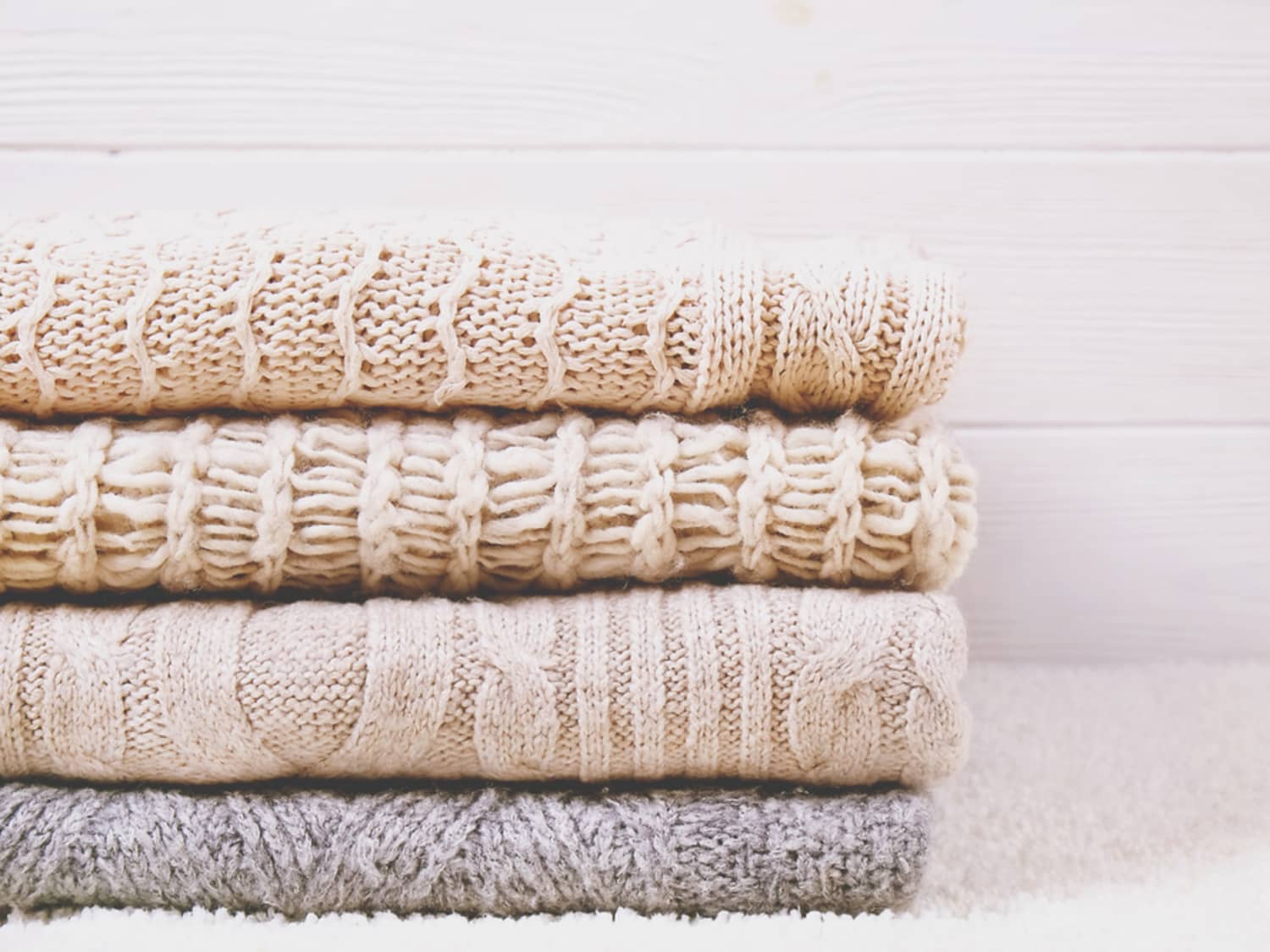

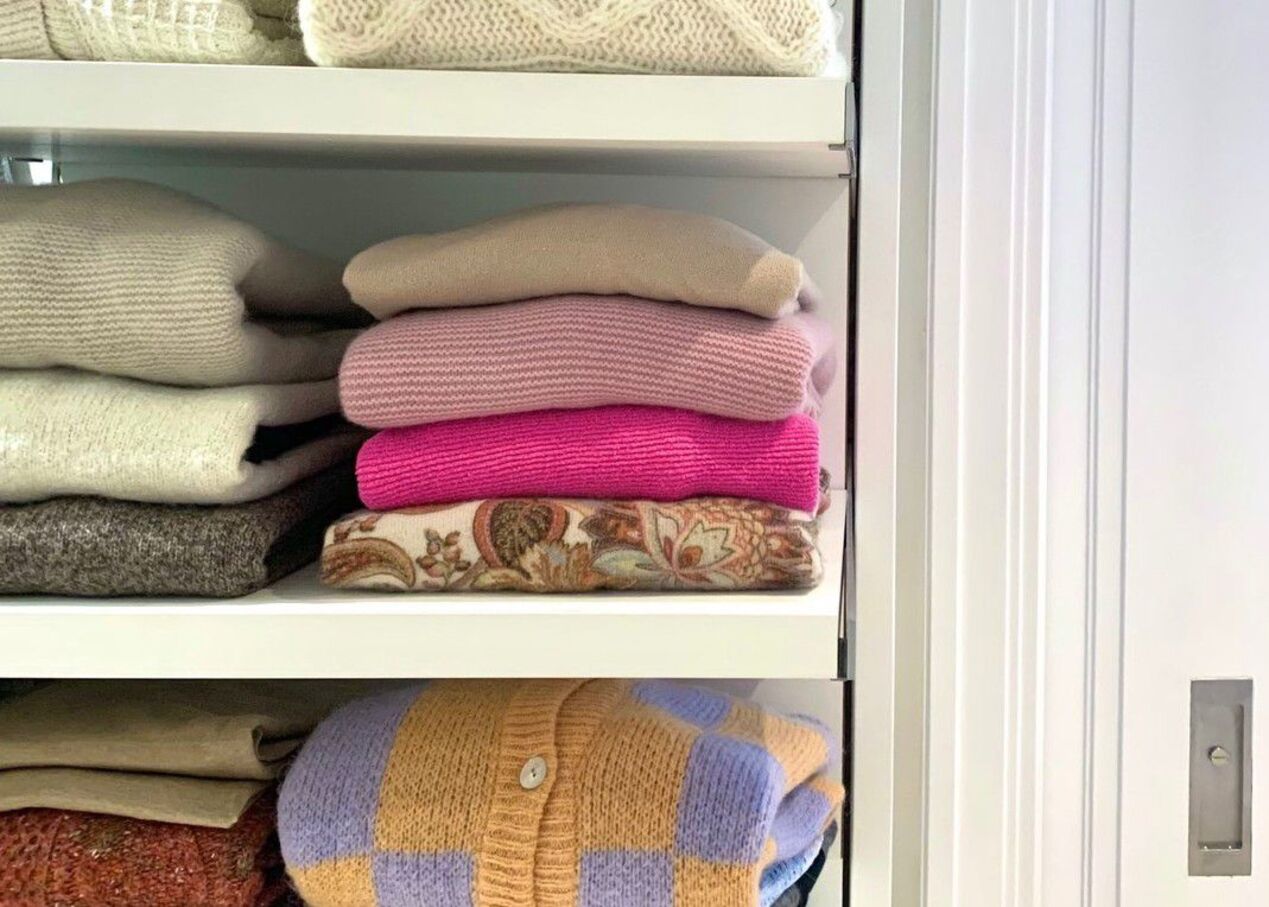

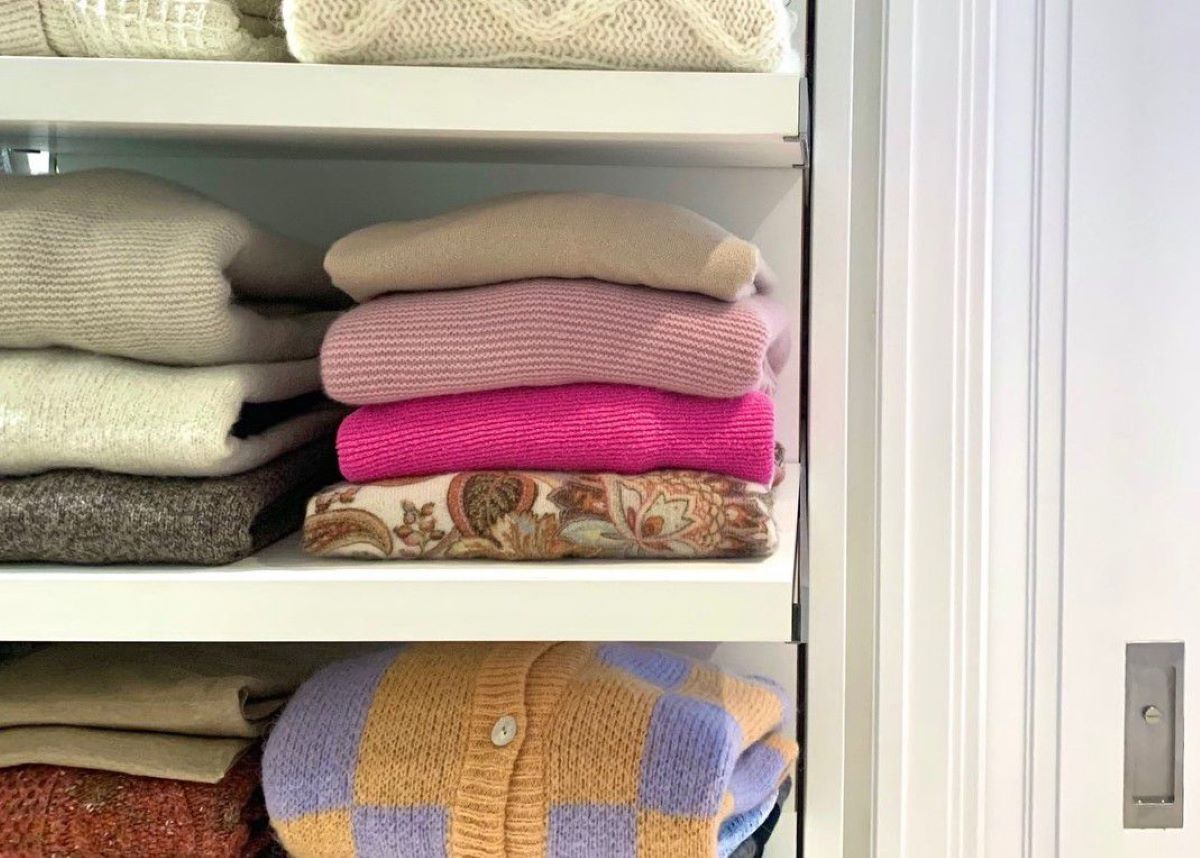
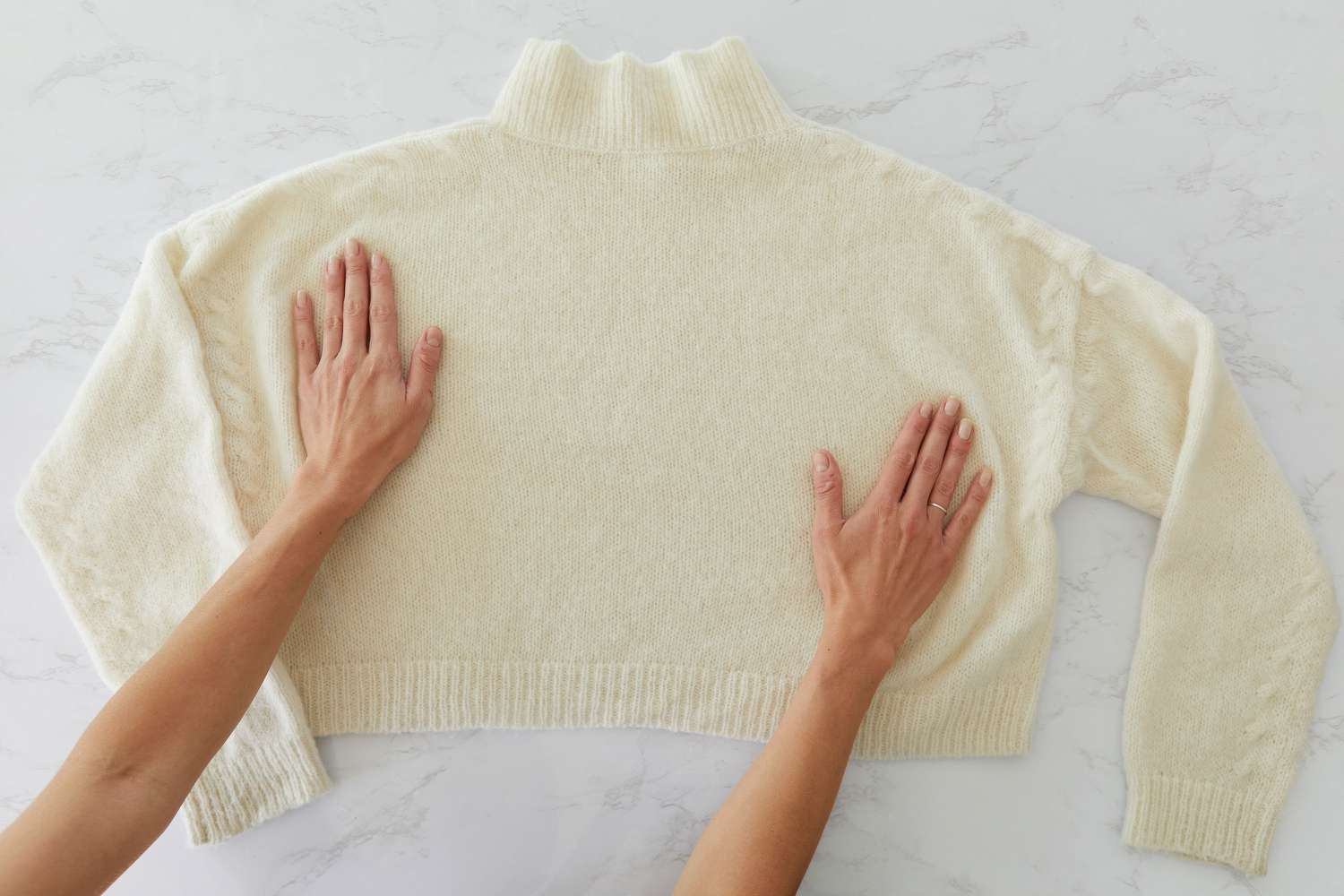
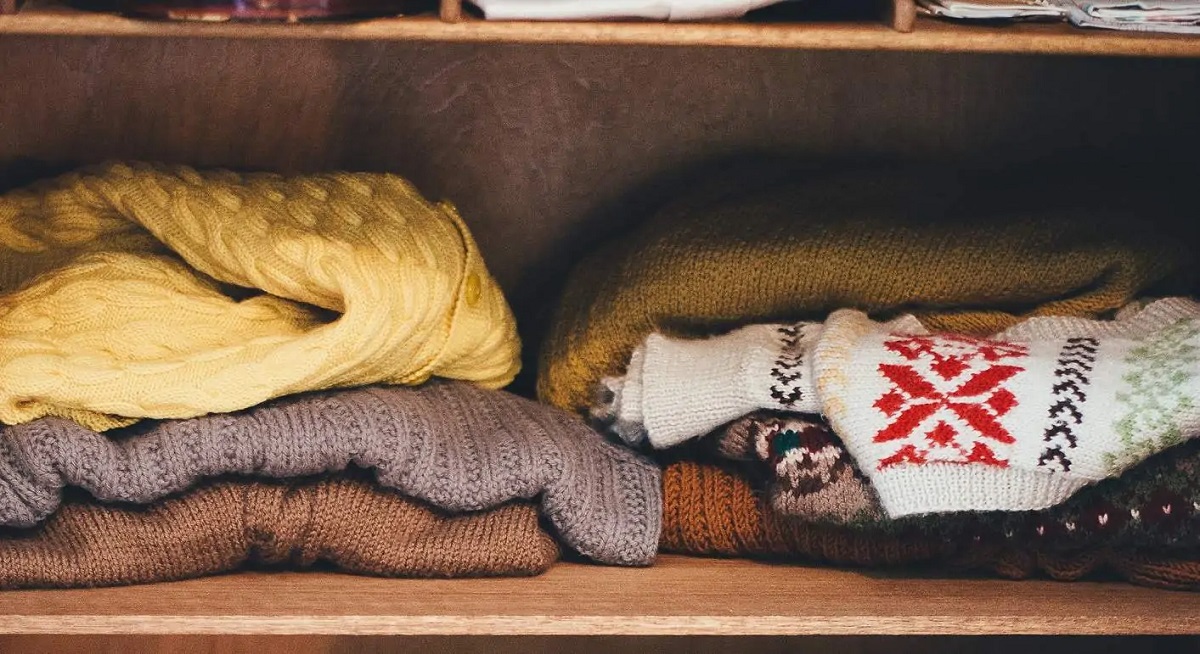



0 thoughts on “How To Store Winter Sweaters”